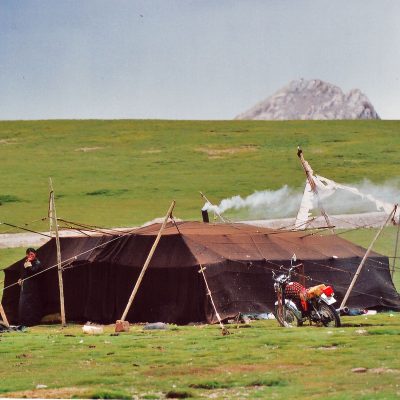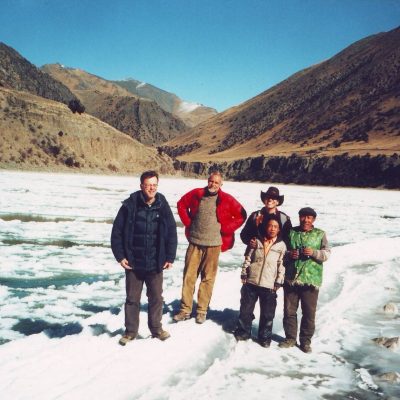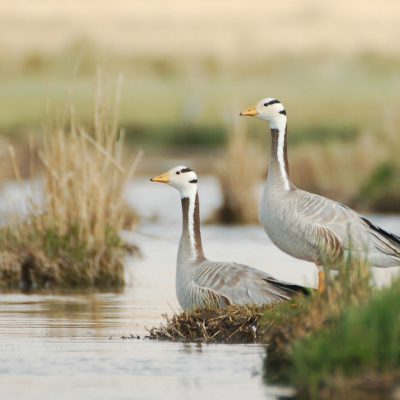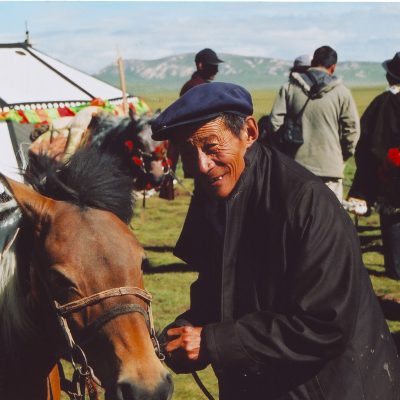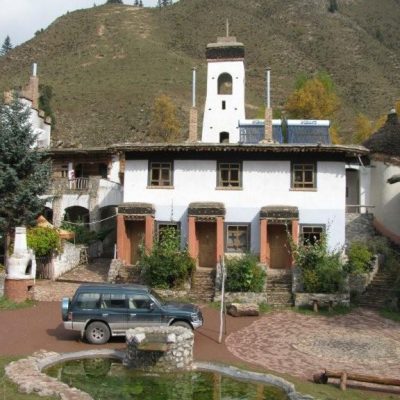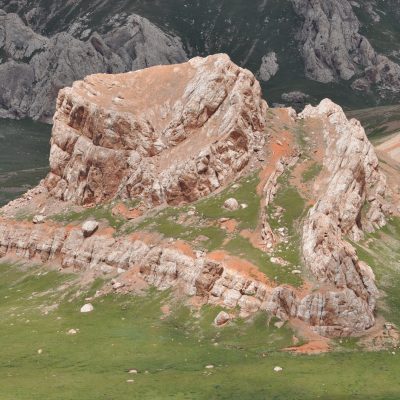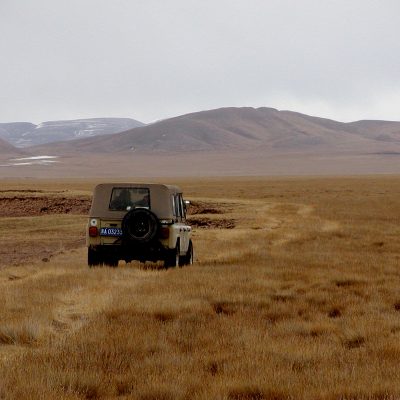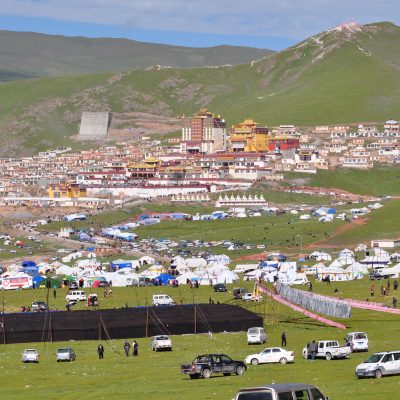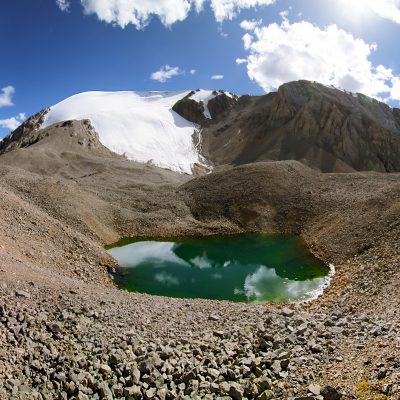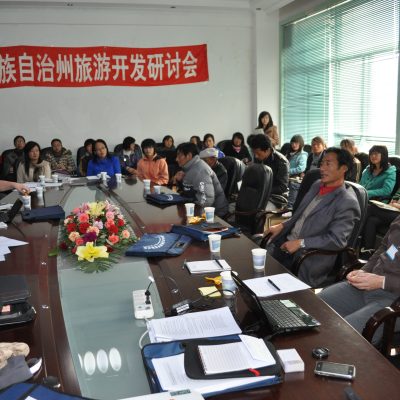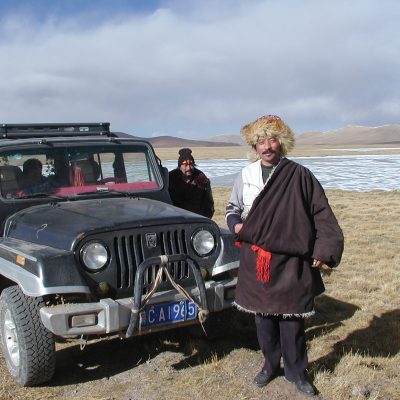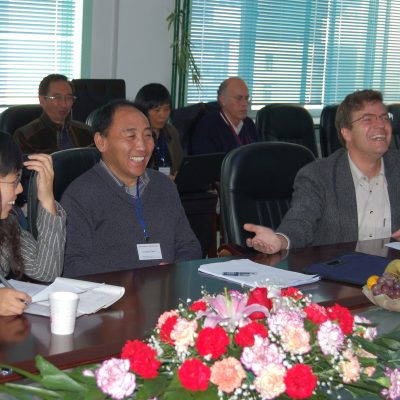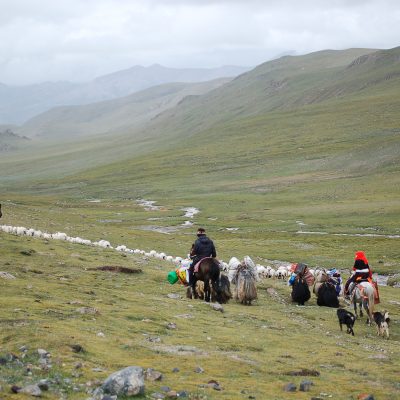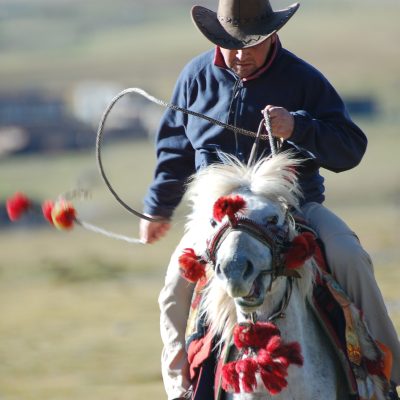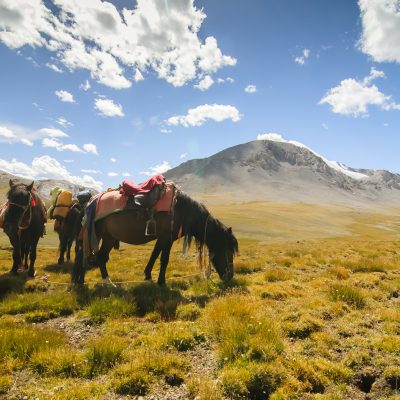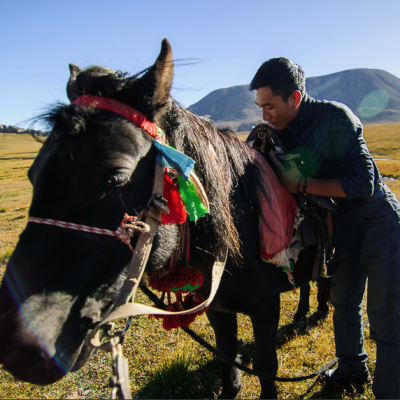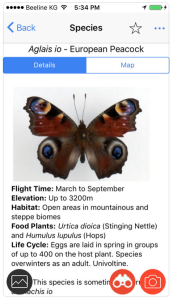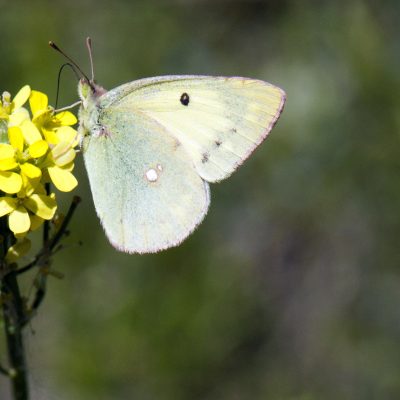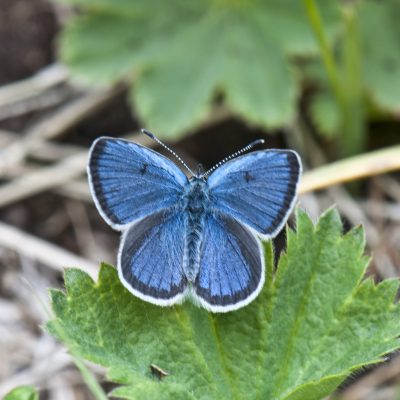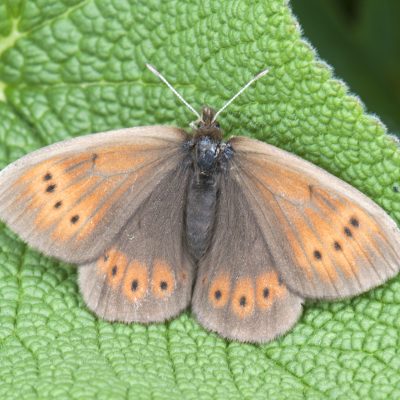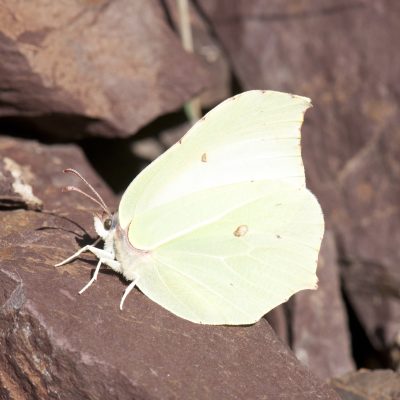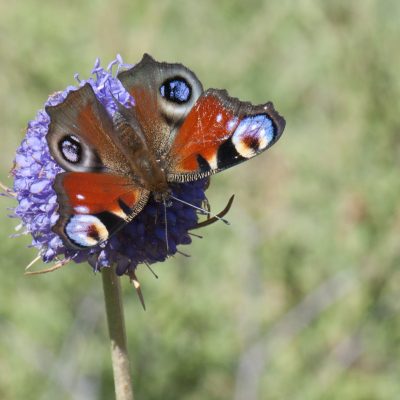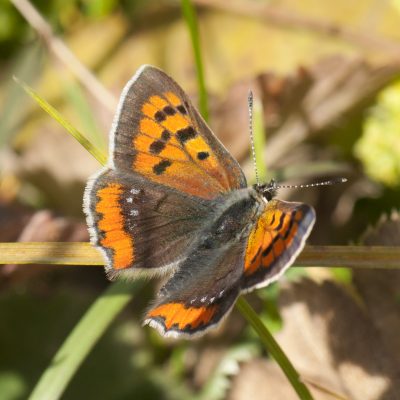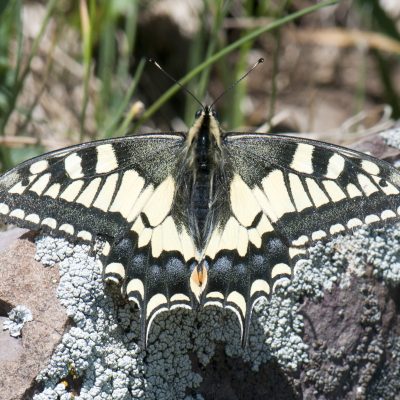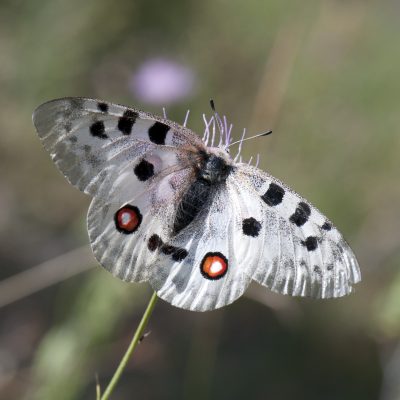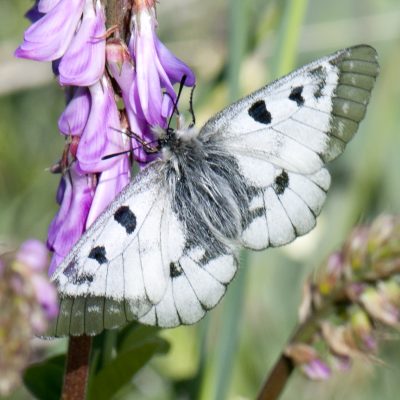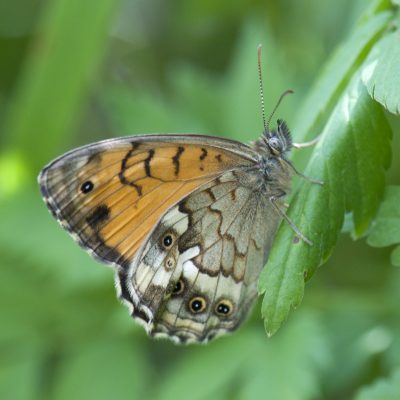Plateau Perspectives has been in dialogue over the past few years with partners in the high Pamirs Mountains and in Yagnob Valley. Unique needs and opportunities exist for partnerships, with unique challenges faced by resident agropastoralist mountain communities.
Yagnob Valley
The resident population of Yagnob Valley has been declining in recent years, with those that remain having only basic and often challenging living situations with urgent need for health care and education. Beyond seeking further improvements within these service areas, opportunities also exist for diversified livelihoods at the interface of tourism and conservation. Additionally, proposals are currently in development with the aim to recognize the secluded valley with ‘protected area’ status (with the goal to preserve and enrich both the natural environment and Yagnobi culture), and thus to help the people become more resilient and self-reliant with greater participation in conservation efforts, engagement in the emerging tourism sector, and documentation and preservation of traditional knowledge.
In June 2017, an exploratory trip was undertaken to visit local communities and partners. Since then, Plateau Perspectives has continued to dialogue with partners regarding proposed establishment of the park and the development of community tourism. Project plans are now being developed to encourage greater community participation in wildlife monitoring and research, and simultaneously to provide capacity building to help secure and strengthen people’s livelihoods of this historic valley and community in the face of globalisation.
Short film (5 minutes) from exploratory trip to Yagnob Valley in June 2017
For more information…
Yagnob – Ancient Sogdiana: Past, Present, and Future
The Pamirs
The nomadic Kyrgyz in the eastern Pamirs live in a stunning but extremely harsh environment. Although the landscape provides for their basic needs and is home to much unique and endangered wildlife, there are also distinct challenges for the people. In summer 2017, Plateau Perspectives initiated the process of scoping project possibilities in conservation and community development, focusing especially on unique issues in the grassland region as presented by a local expert and community member. Informal meetings took place with a range of community members including herders, nurses, teachers, and tour guides.
For more information…
Pamirs Eco-Cultural Tourism Association (PECTA)
Pamirs – The Roof of the World
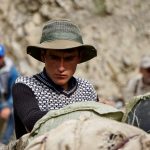
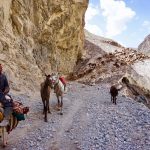
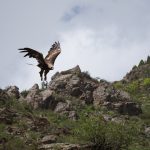
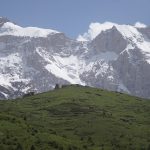
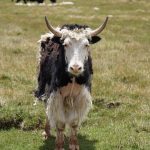
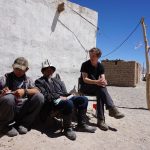
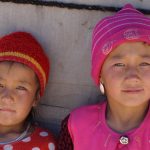
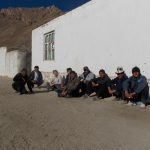
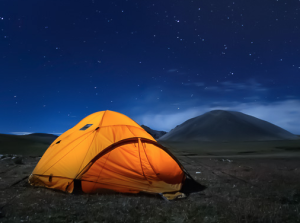 Helping local communities to draft business plans, offering opportunities for training in the tourism services sector and promoting new avenues to market local mountain products and experiences (e.g. destination marketing) are just a few of the approaches that will help community-based ecotourism to develop and bring socioeconomic benefit to areas such as the Tibetan Plateau.
Helping local communities to draft business plans, offering opportunities for training in the tourism services sector and promoting new avenues to market local mountain products and experiences (e.g. destination marketing) are just a few of the approaches that will help community-based ecotourism to develop and bring socioeconomic benefit to areas such as the Tibetan Plateau.